
here’s nothing worse than driving a hot rod with one eye on the temperature gauge while living in fear that any minute steam will be boiling out from under the hood and there will be the dreaded green river of death pouring onto the asphalt.
Overheating an engine comes with consequences that can vary from the minor annoyance of the mess that burping out coolant can make to budget-busting catastrophic engine damage. But then sometimes the fear of overheating is more of a problem than the engine’s actual operating temperature. The first question to ask is, “How hot is too hot?”
Due to the composition of today’s fuels, 180 degrees is considered the minimum operating temperature for efficient combustion and is ideal for vintage engines on the street. Most experts agree that 190 degrees is a safe operating temperature for modern engines; and for contemporary fuel-injected crate engines, 195 to 220 degrees is considered the norm.

When determining if there is an overheating issue, the first thing to consider is the accuracy of the temperature gauge. John McLeod and the team at Classic Instruments have spent a considerable amount of time and effort to find the ideal location for the temperature sending unit to ensure the accuracy of their gauges.
McLeod’s research has shown the best location for the temperature sender on any engine is as close to the thermostat as possible. The next best location is in the head. In the case of small-block Chevys this will be between cylinders one and three on the driver side, however due to the proximity of the exhaust ports readings can be up to 10 degrees hotter when compared to senders nearer the thermostat. On GM LS engines, the temperature sender mounts on the passenger side of the engine under the rear cylinder. Classic Instruments offers a sender with 12mm threads to fit this location.
One of the commonly used tools to measure temperature is an infrared temperature gun. And while they can be useful, they can be misleading when establishing an engine’s water temperature. Testing at Classic Instruments has found infrared guns are not reliable for testing water temperature inside the engine. They may read anywhere from 15 degrees cooler to 40 degrees higher at the sender’s location than the actual water temperature.
As might be expected, some gauges are more accurate than others:
Mechanical Movements
A mechanical temperature gauge uses a bulb submerged in the engine’s coolant with a capillary tube connecting it to the gauge. As the temperature increases, liquid in the tube expands, which causes a curved tube, called a Bourdon tube, to move the needle on the gauge. Simple, as no electricity is required, however if the capillary tube is kinked or broken the gauge will be inoperable.
Bi-Metallic Strip
One of the earliest types of electric gauges is using a heating element wrapped around a bi-metal strip. As the sending unit varies the current through the element, the temperature of the strip changes causing the needle to move. Simple and inexpensive, in terms of accuracy they are often approximations at best.
Stepper Motor
Basically, an electric motor that moves in increments to move the pointer. They are expensive to manufacture and have lots of moving parts.
Air Core
These movements use a permanent magnet on a bobbin, or shaft, surrounded by electromagnetic coils. These movements are rugged and extremely accurate, which is why they are the movement of choice for Classic Instruments.
Always use a thermostat. A constant operating temperature is essential for good fuel economy and performance. A thermostat will ensure the engine reaches operating temperature quickly and provide the restriction necessary to build water pressure in the block (which eliminates steam pockets).
There are two common types of thermostats, the poppet valve style and the sleeve style. The poppet style is either open or closed while the sleeve style opens gradually. Sleeve style thermostats will often eliminate the cycling seen on the temperature gauge as a poppet thermostat opens and closes.
The radiator cap keeps the cooling system under pressure, usually between 5 and 15 psi. Pressure in the cooling system elevates the boiling point of the coolant approximately 3 degrees for every pound of pressure. Another benefit of a pressurized cooling system is the elimination of steam pockets in the water jackets.
Like many things that seem simple there’s more to a modern radiator cap than meets the eye. Along with a spring that keeps a preset amount of pressure in the cooling system, radiator caps also have a vacuum valve. When an engine is shut off the coolant stops flowing through the radiator, however the coolant continues to absorb heat from the heads and block and as a result the temperature in the system increases. As the coolant expands the pressure often increases to the point where the radiator cap’s rating is exceeded and liquid is released through the radiator’s overflow. When the system cools and the coolant contracts, air (or liquid) is drawn back into the radiator through the vacuum valve.
Always follow the radiator manufacturer recommendations when selecting a radiator cap. One manufacturer of aluminum radiators recommends a cap with a minimum operating pressure of 16 pounds. While that may seem high, aluminum radiators will tolerate constant high pressure much better than sudden bursts of pressure that can be caused by steam pocket that may occur with lower operating pressure.
On the other hand, early radiators that were not designed for pressure operation often have large, unreinforced upper tanks. Modifying them for pressure often results in the tanks flexing, which can lead to failure.
Because cooling systems do, from time to time, burp out some fluid, overflow tanks are a wise addition. Allowing the cooling system to dump coolant on the ground and then suck air back in means that eventually the radiator will be low on coolant. An overflow tank catches any coolant released by the radiator; it’s then drawn back in when the system cools, keeping it full.
A 50/50 mixture of water and ethylene glycol antifreeze not only protects the system from freezing, it also raises its boiling point. Quality coolant contains corrosion inhibitors. Don’t fall for the old wives’ tale that coolant has water pump lubricant; modern water pumps have sealed bearings, so the only way coolant can get to them is if the seals fail.
Although it is seldom done, coolant should be changed on a regular basis as the anti-rust properties will lose their effectiveness over time.
When it comes time to choose between an electric or mechanical fan there are pros and cons to both. Engine-driven fans are usually criticized for consuming a large amount of horsepower and being noisy, however they are capable of moving a large amount of air. As electric fans aren’t powered directly by the engine, horsepower isn’t lost to their operation. However, big electric or multiple electric fans can draw lots of current and that current has to come from somewhere. At some point the alternator has to provide the energy and that does require horsepower to produce. Nonetheless, as electric fans don’t operate continually, the total amount of energy needed to operate them is less than a mechanical fan.
The engine’s cooling system is a critical part of any hot rod. Understanding the basics of operation and performing regular inspections of all the components will keep it operating as it should and help you keep your cool.

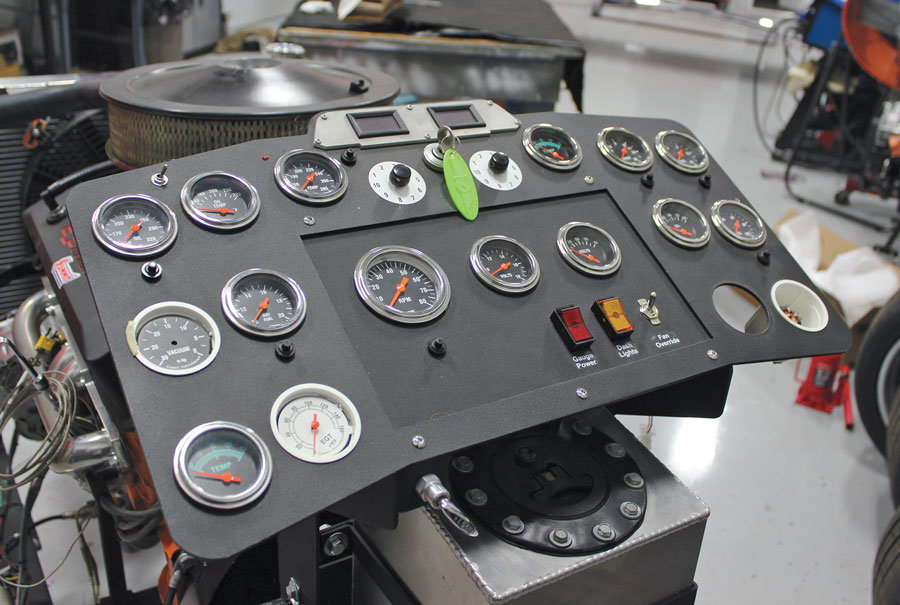
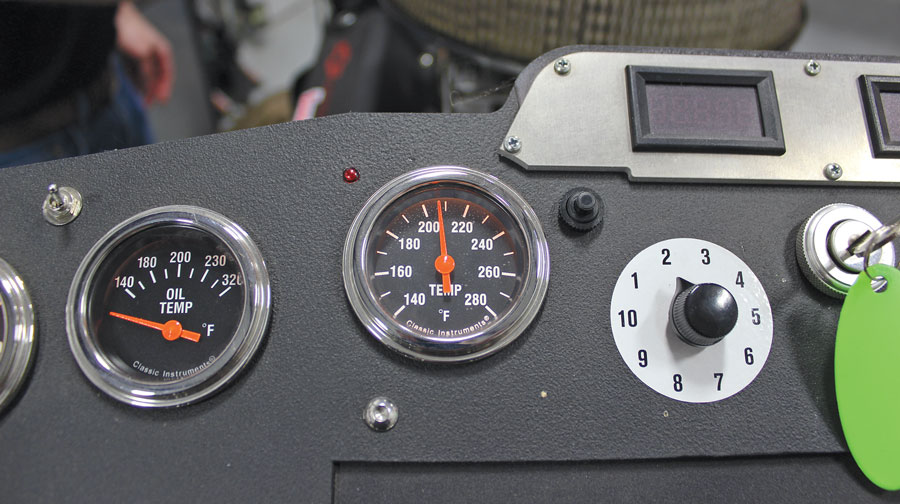
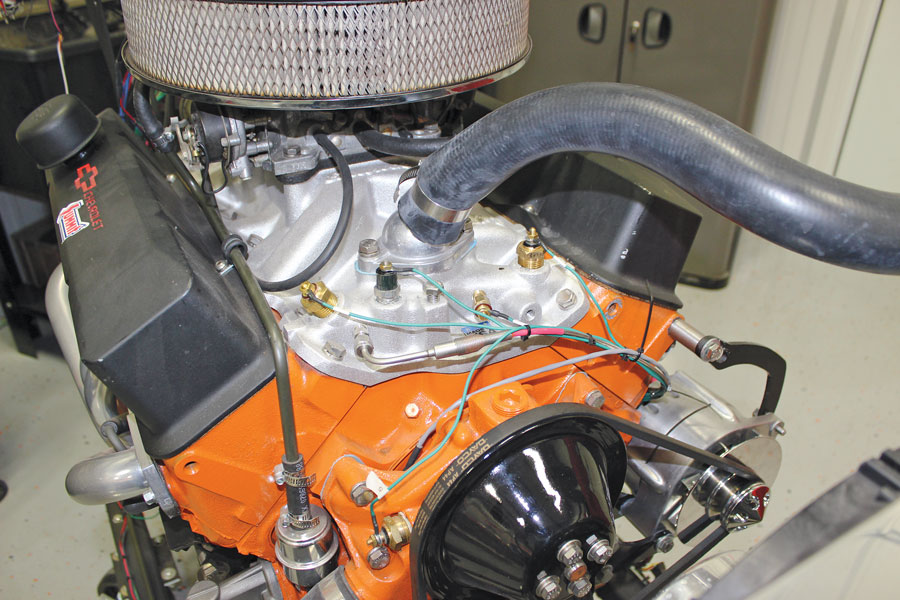




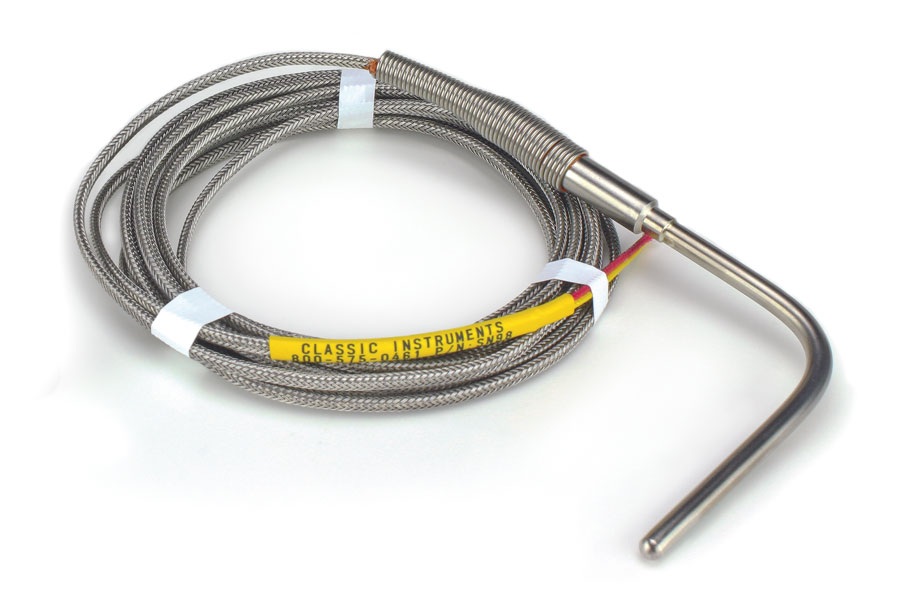

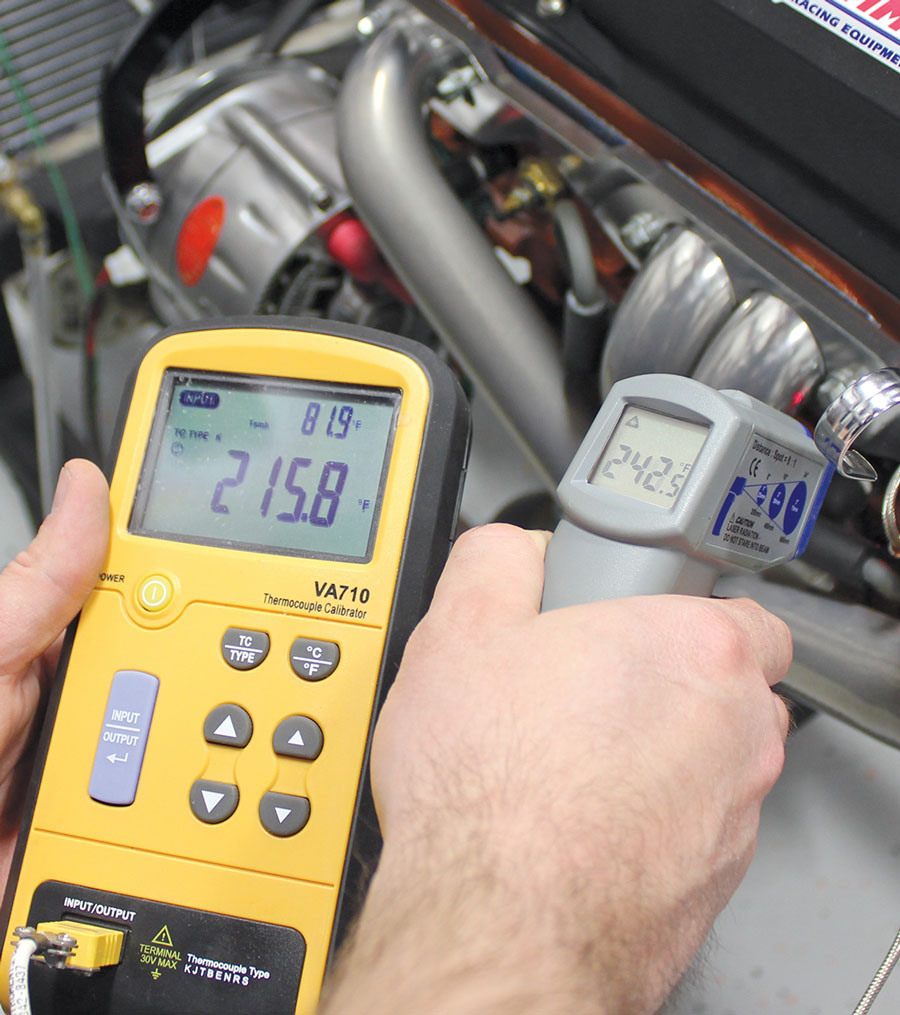

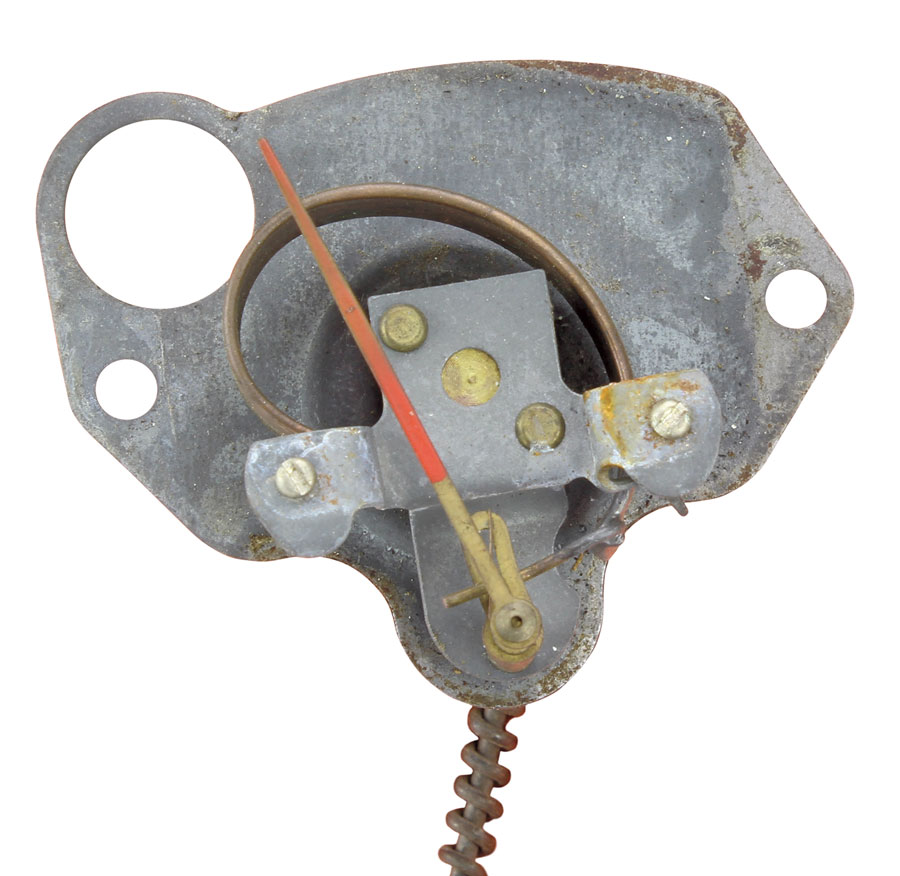



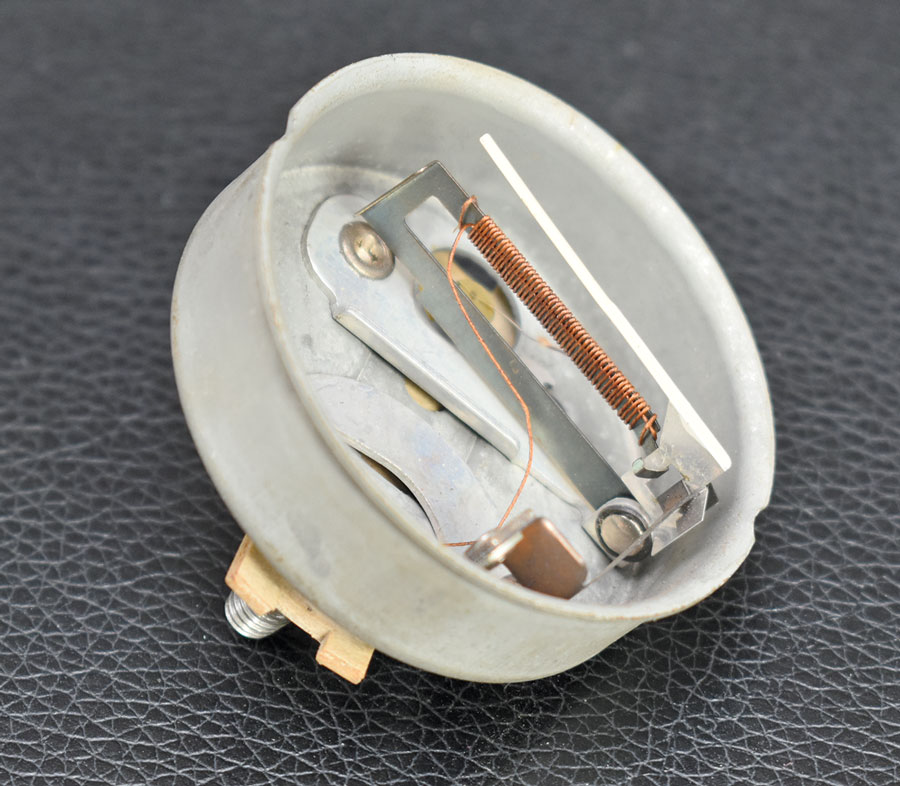



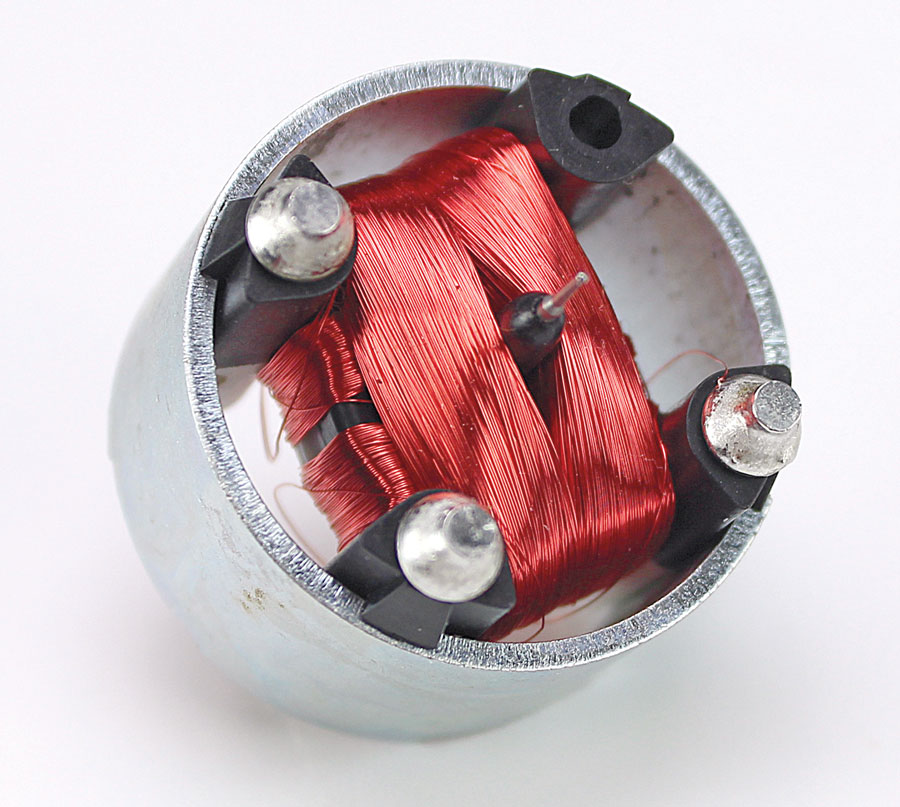



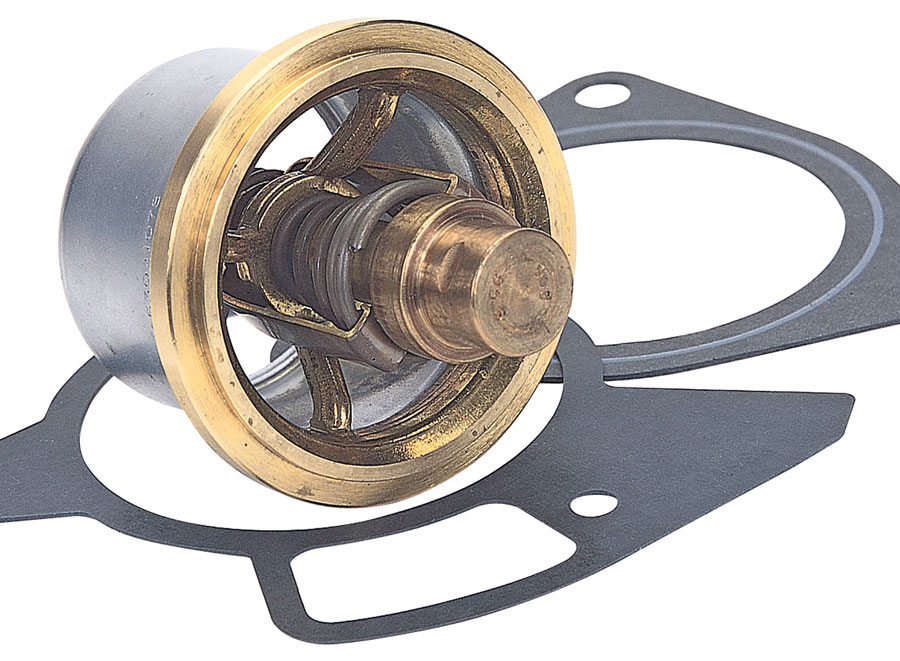

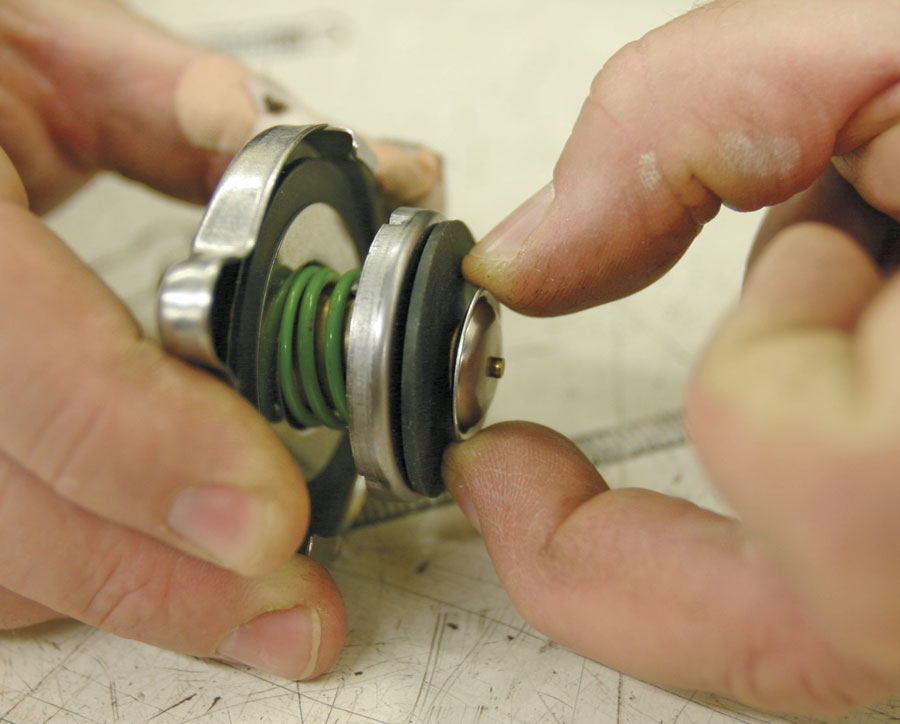

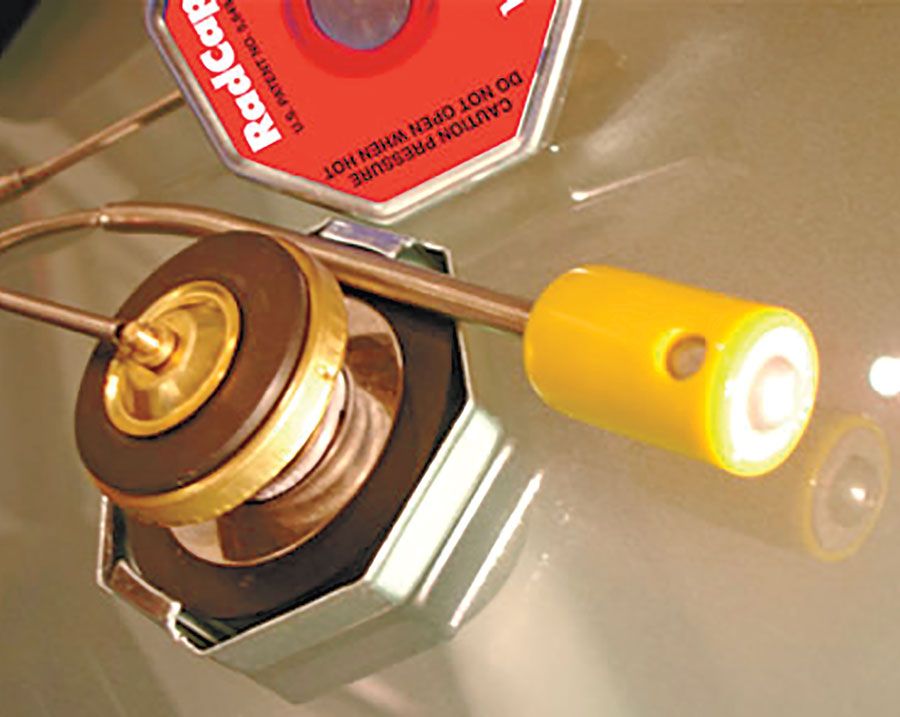

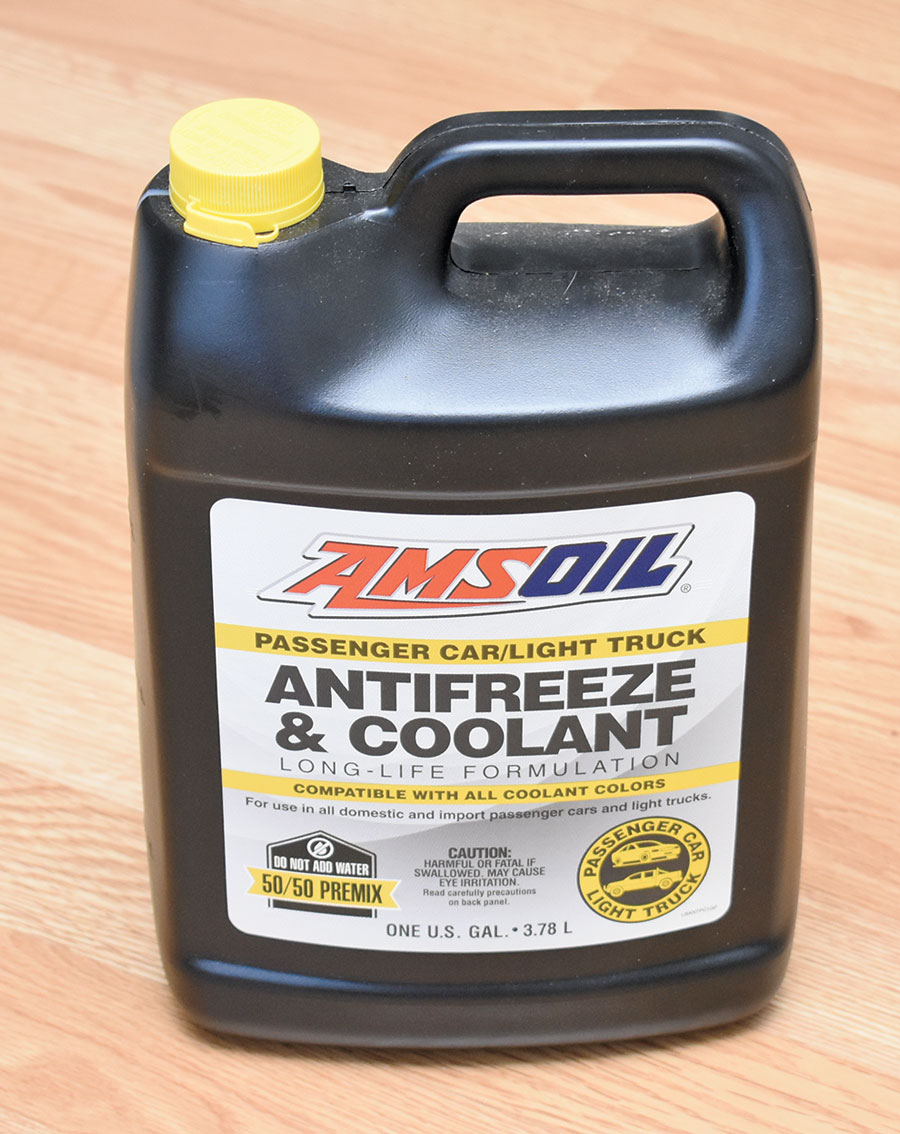

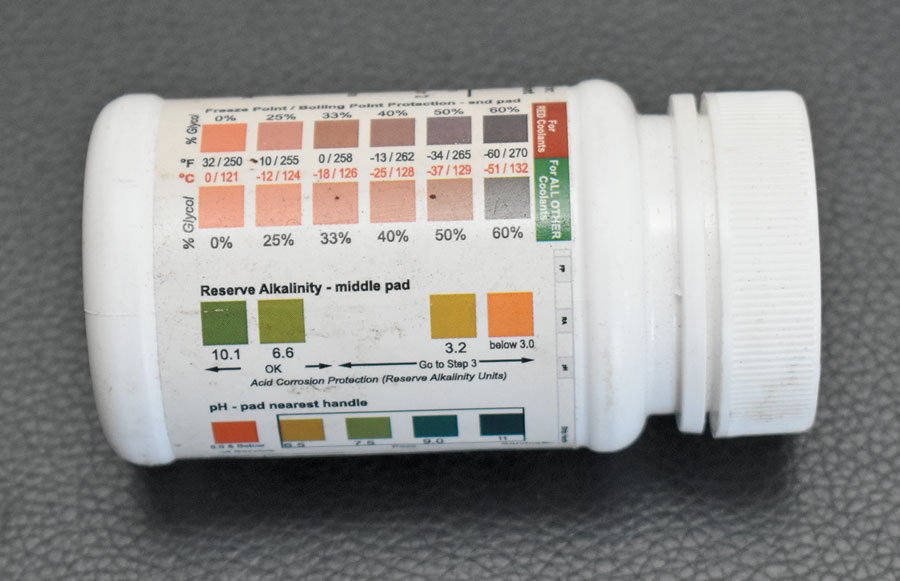

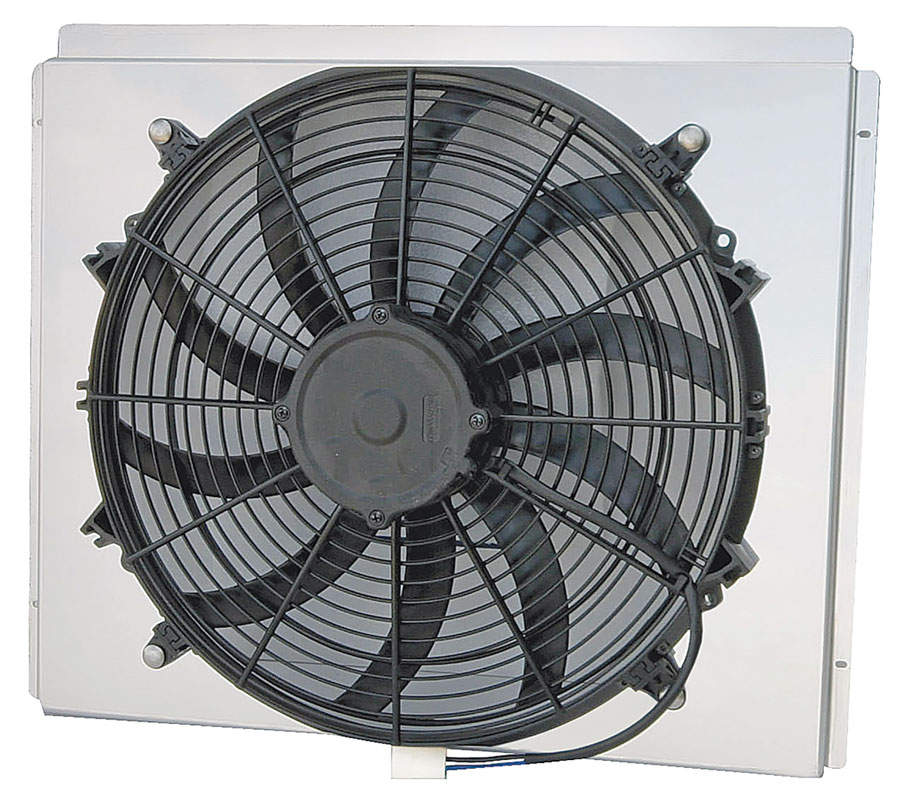

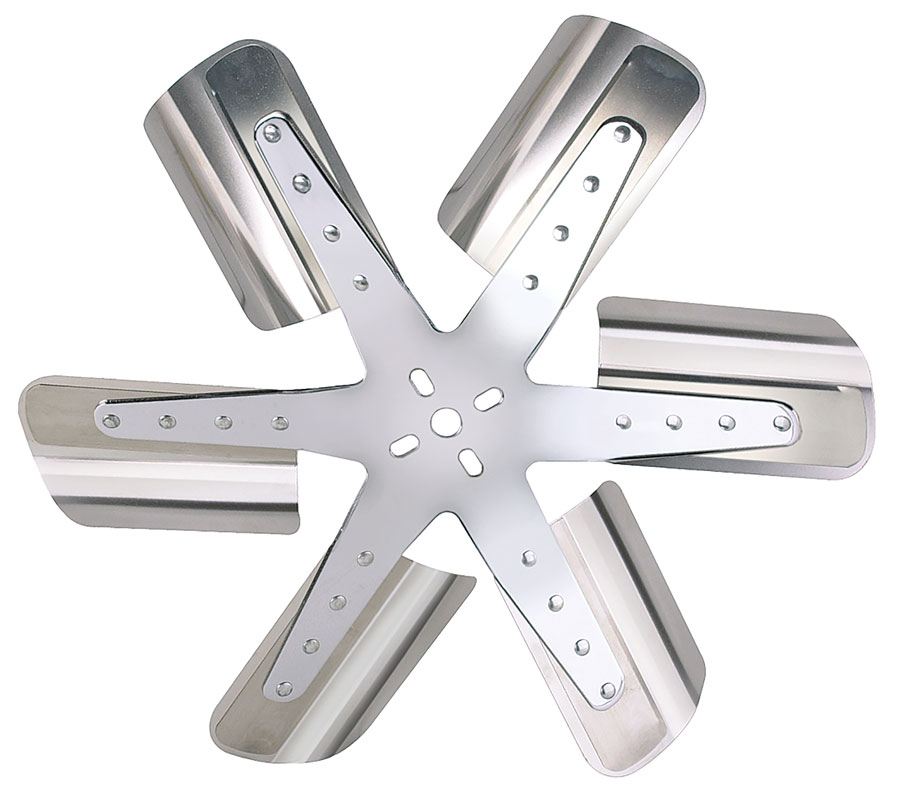

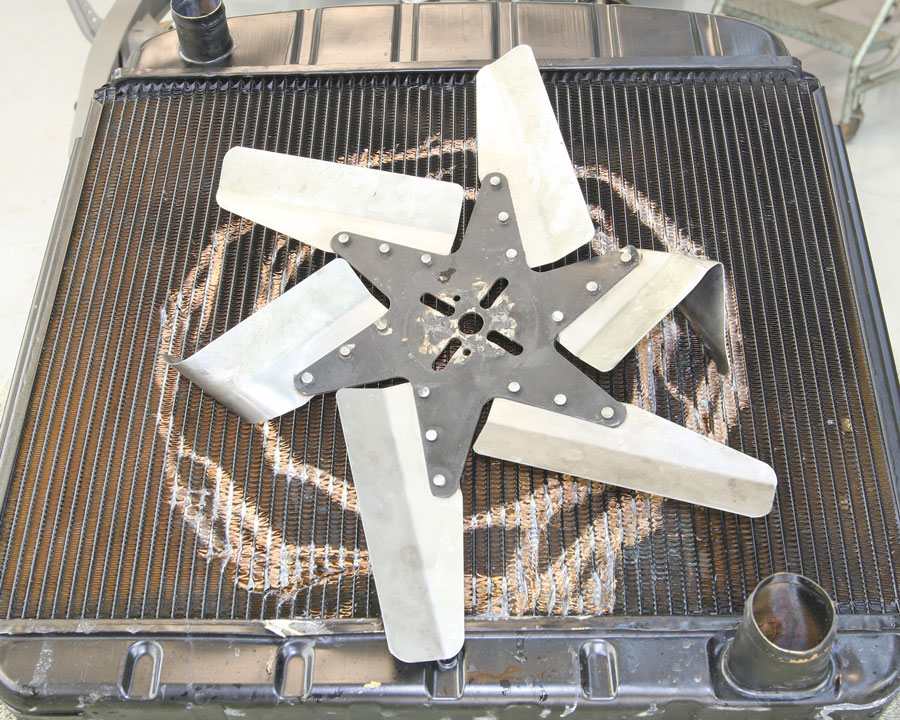

Classic Instruments
(800) 575-0461
www.classicinstruments.com